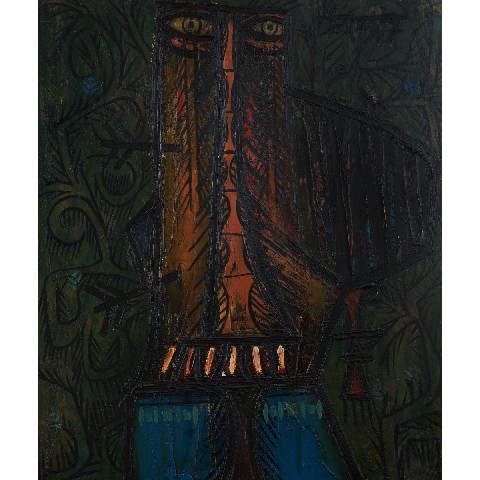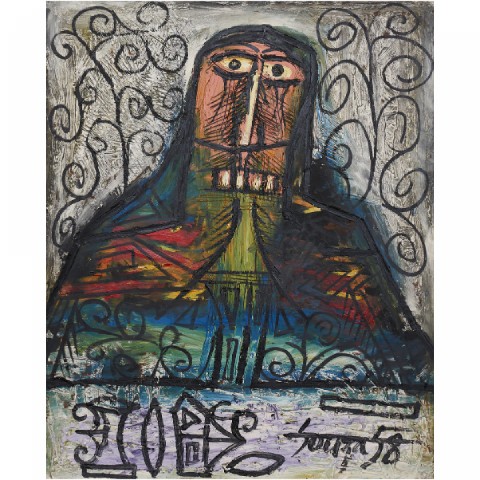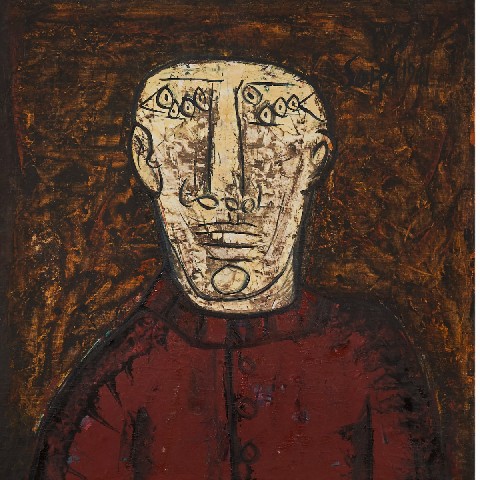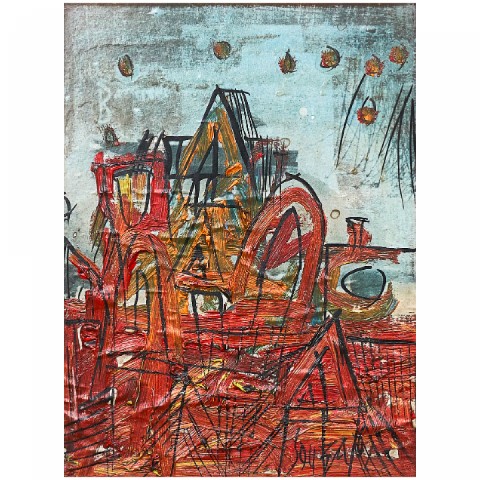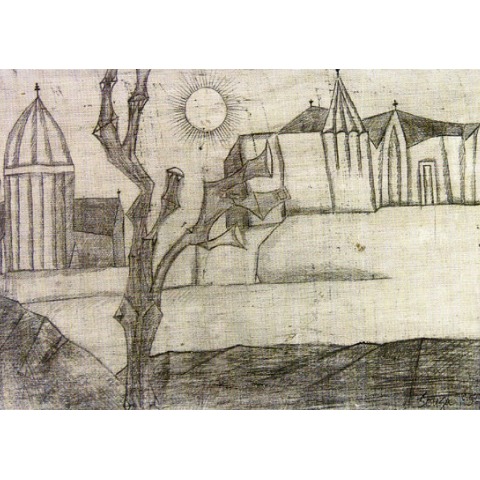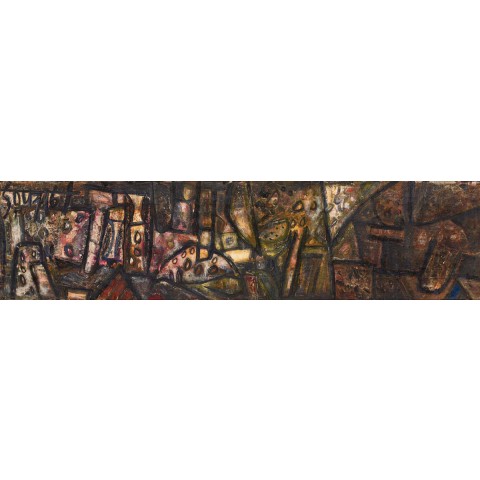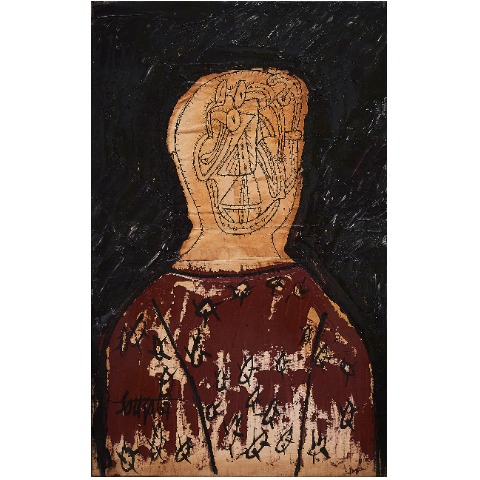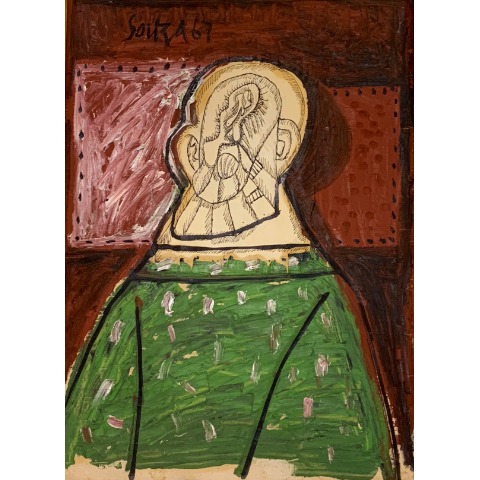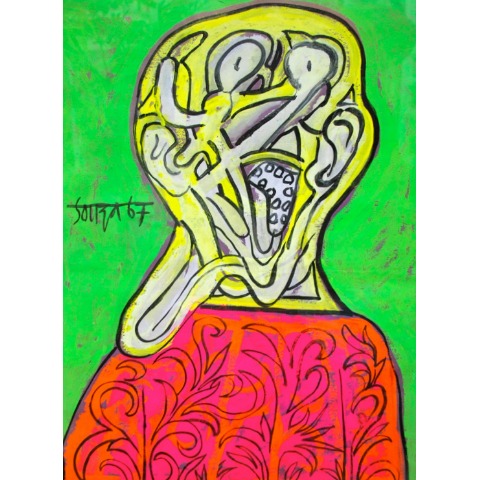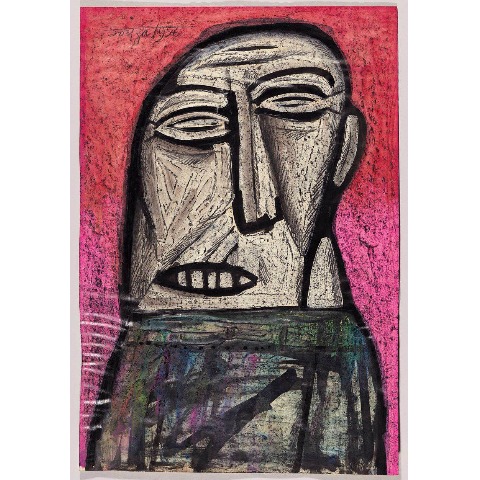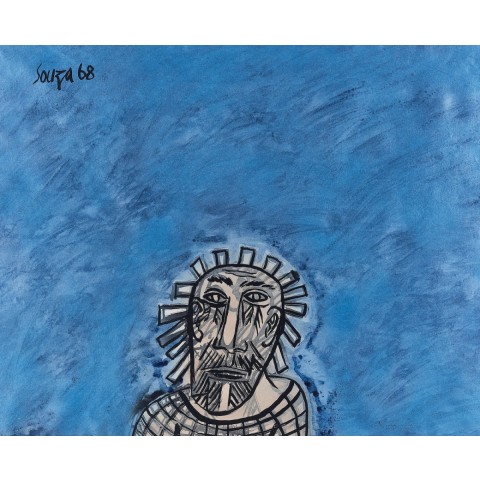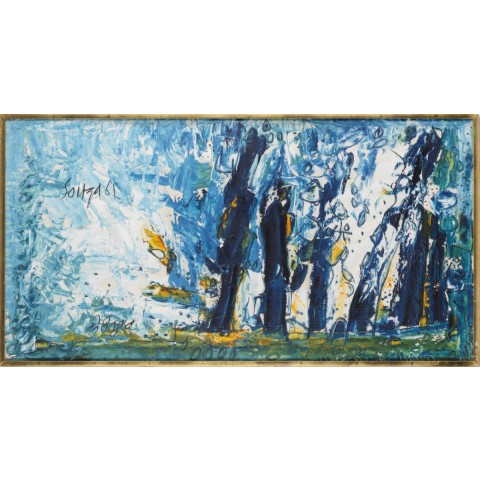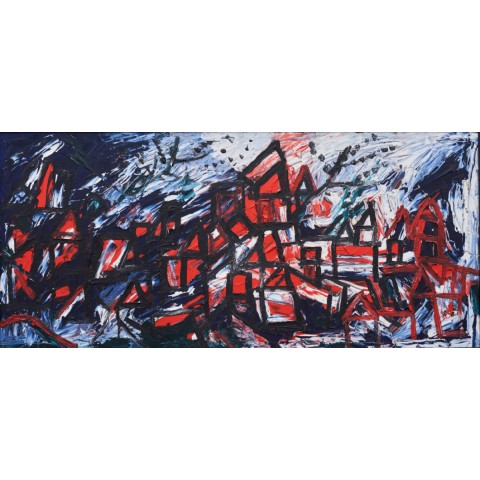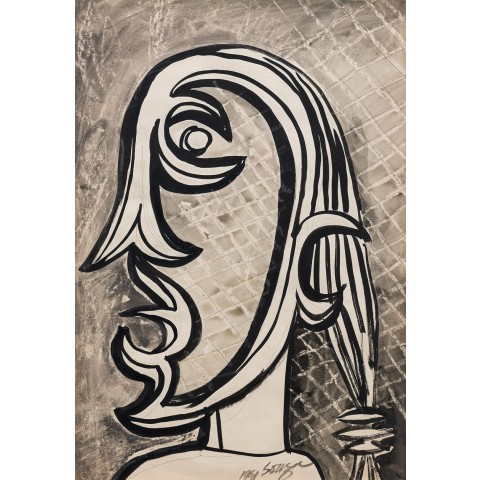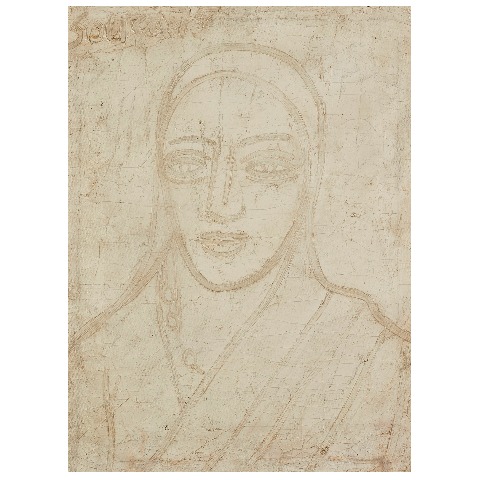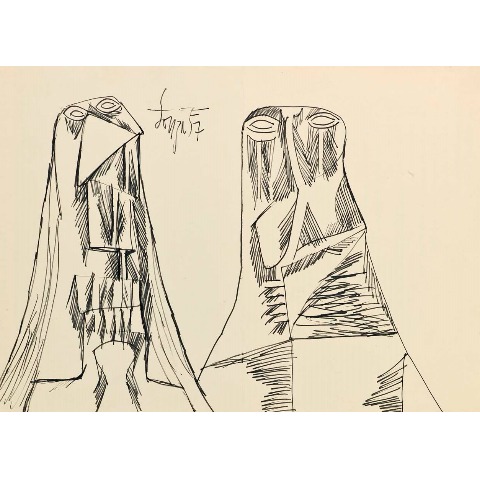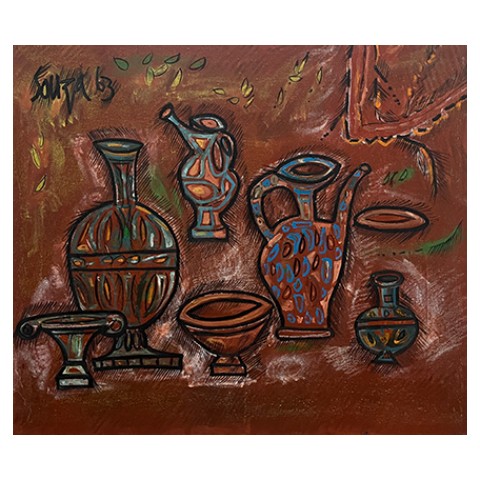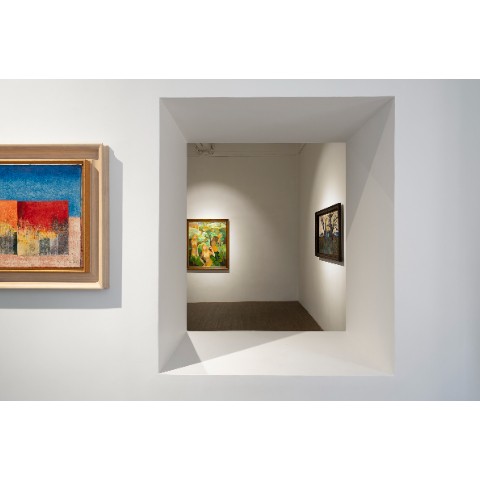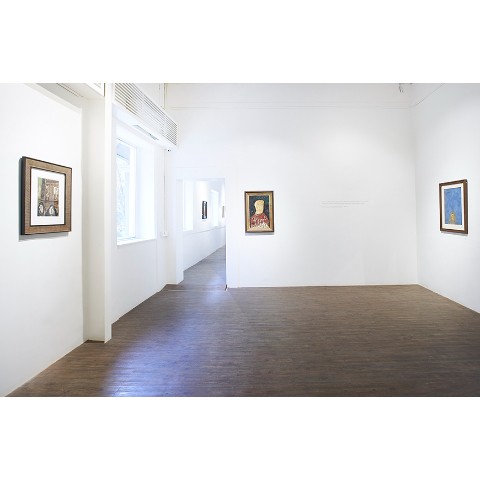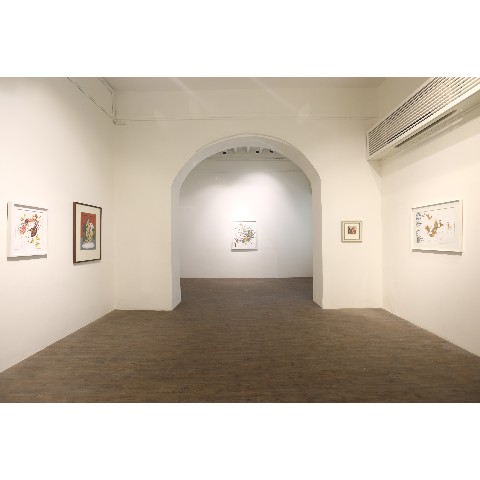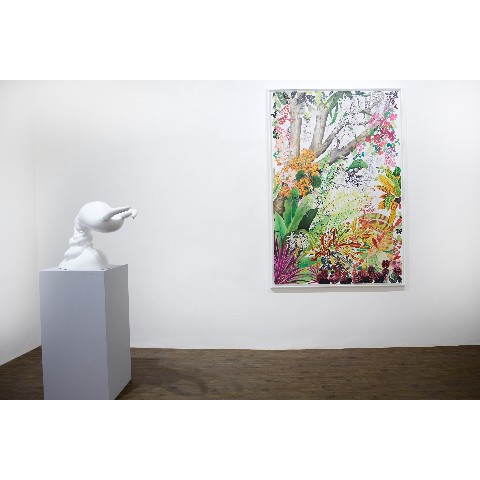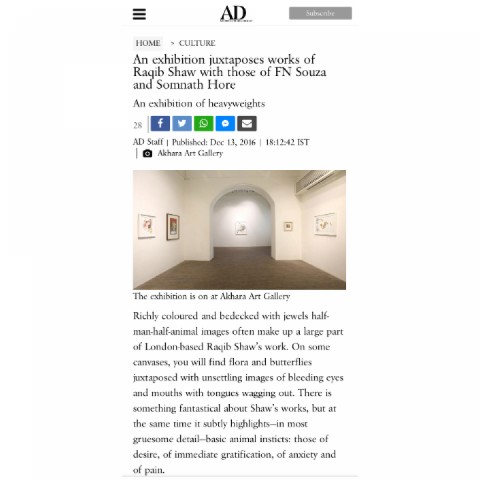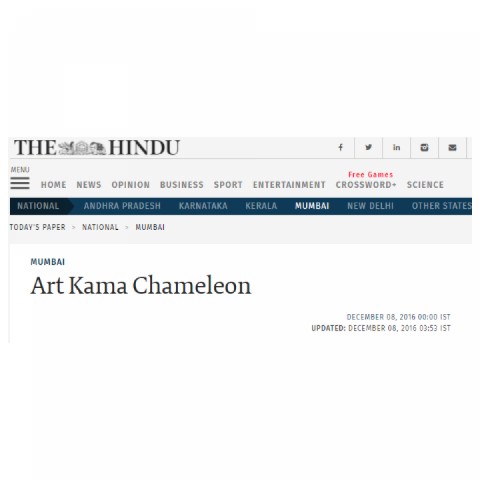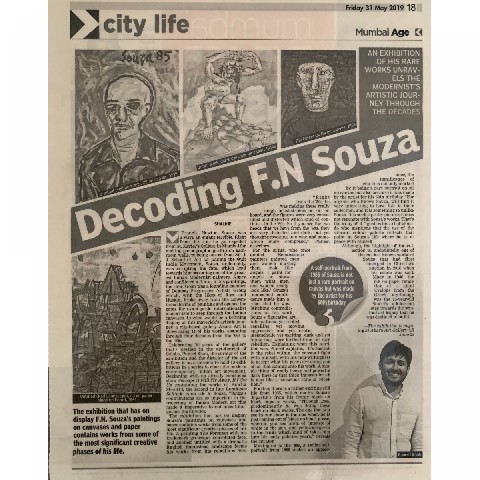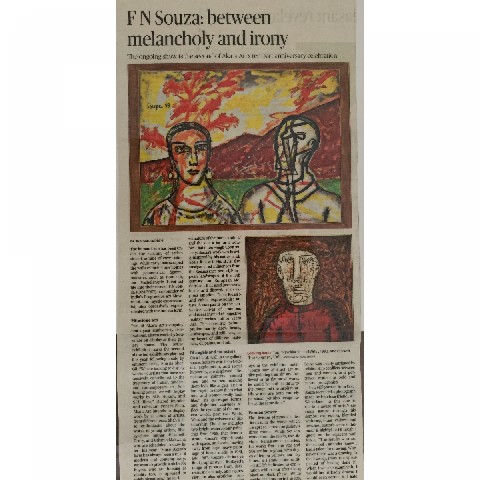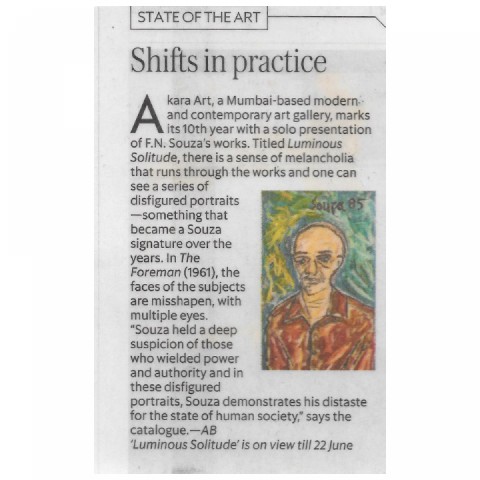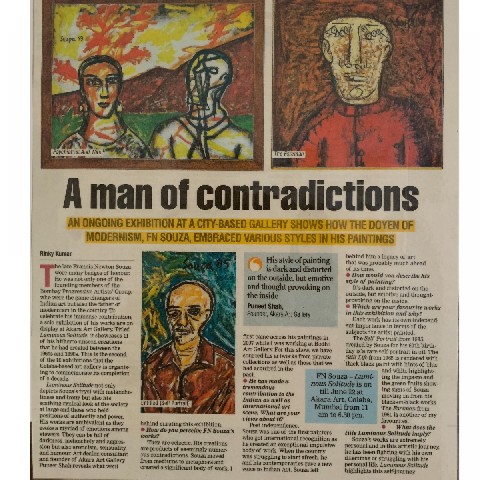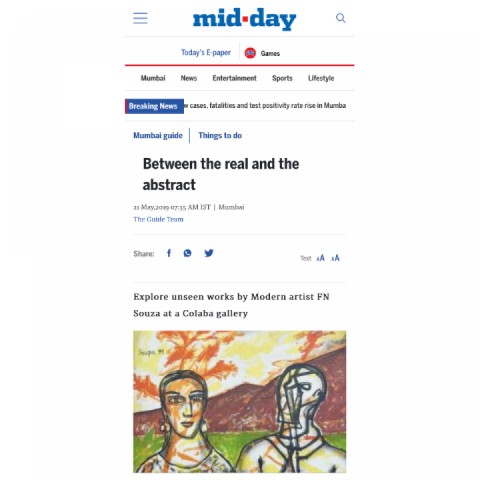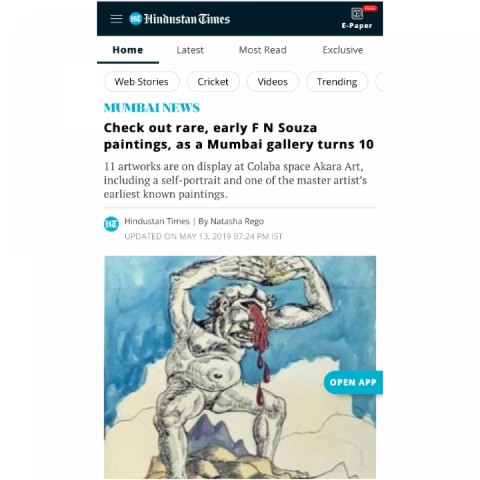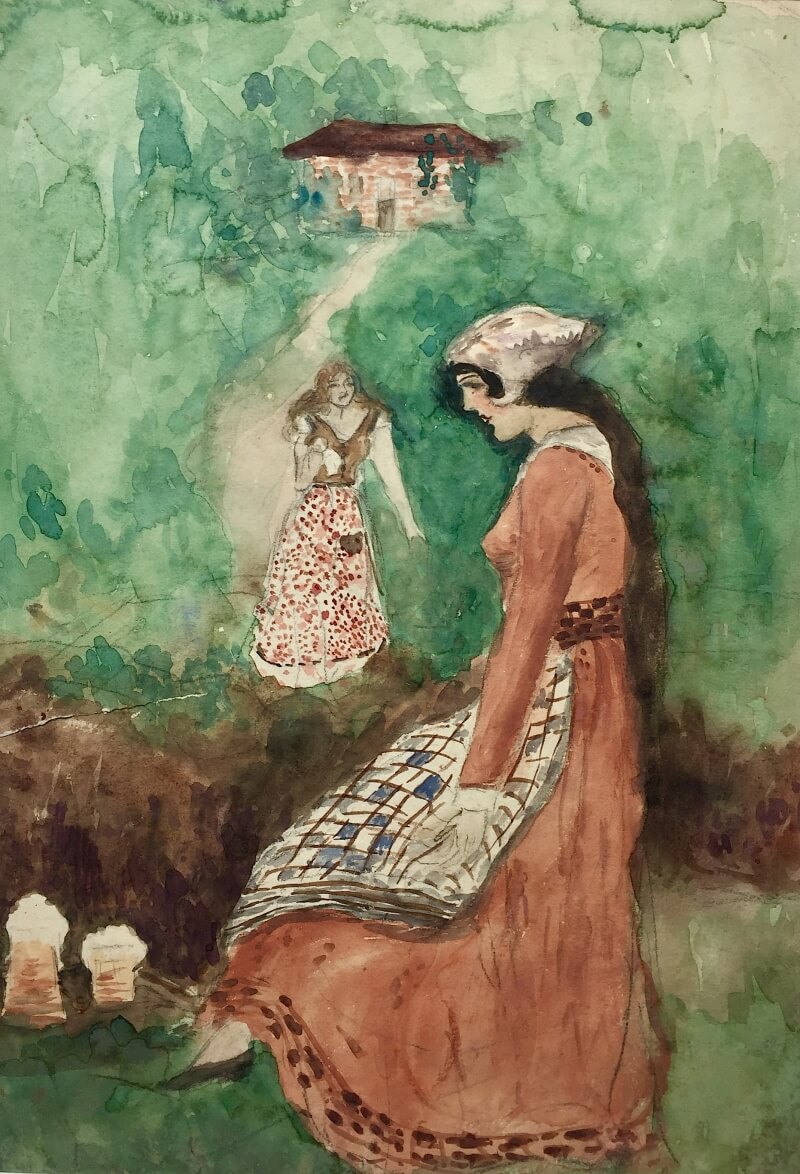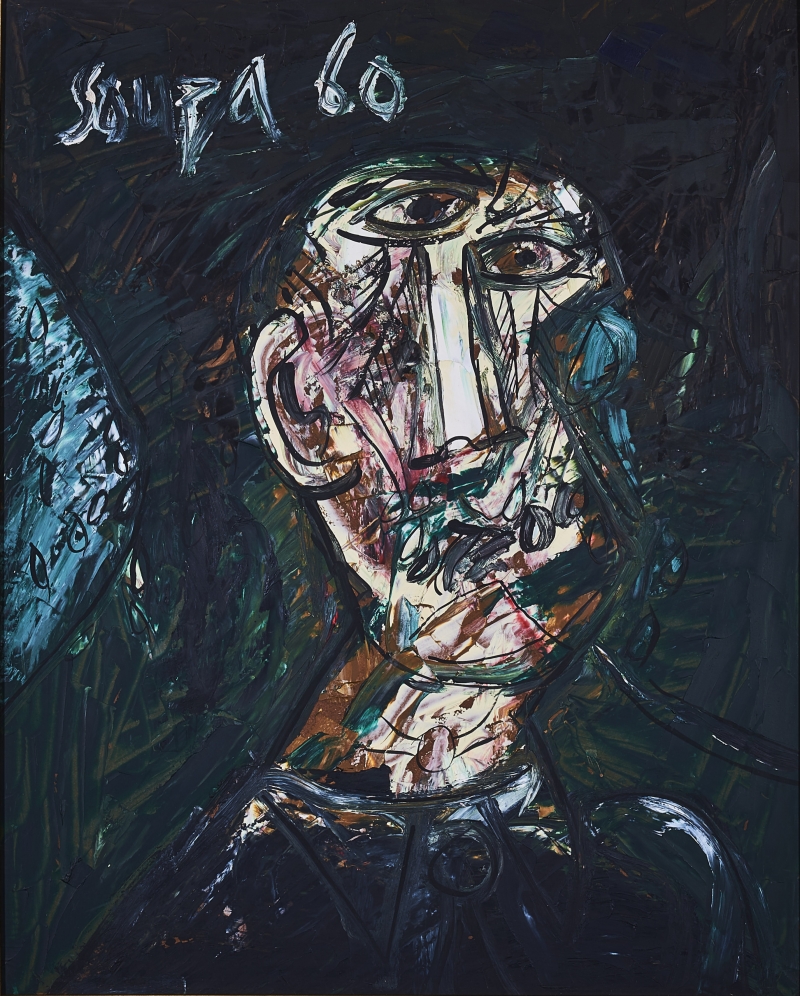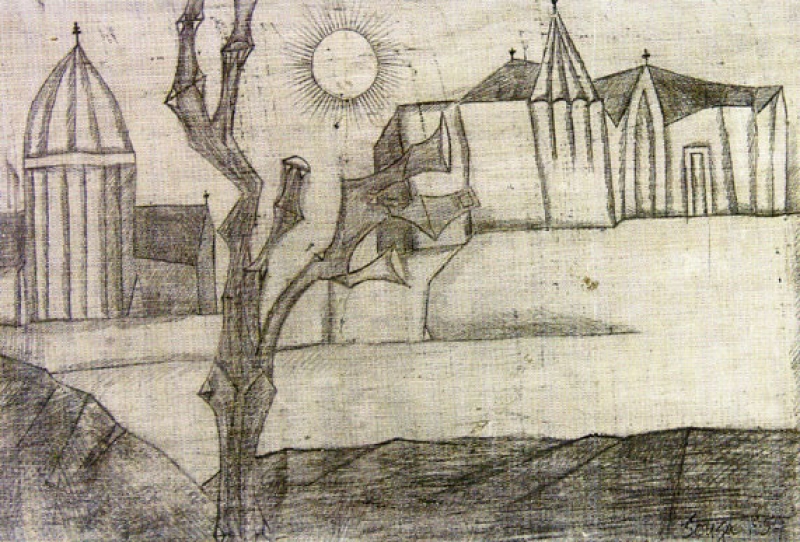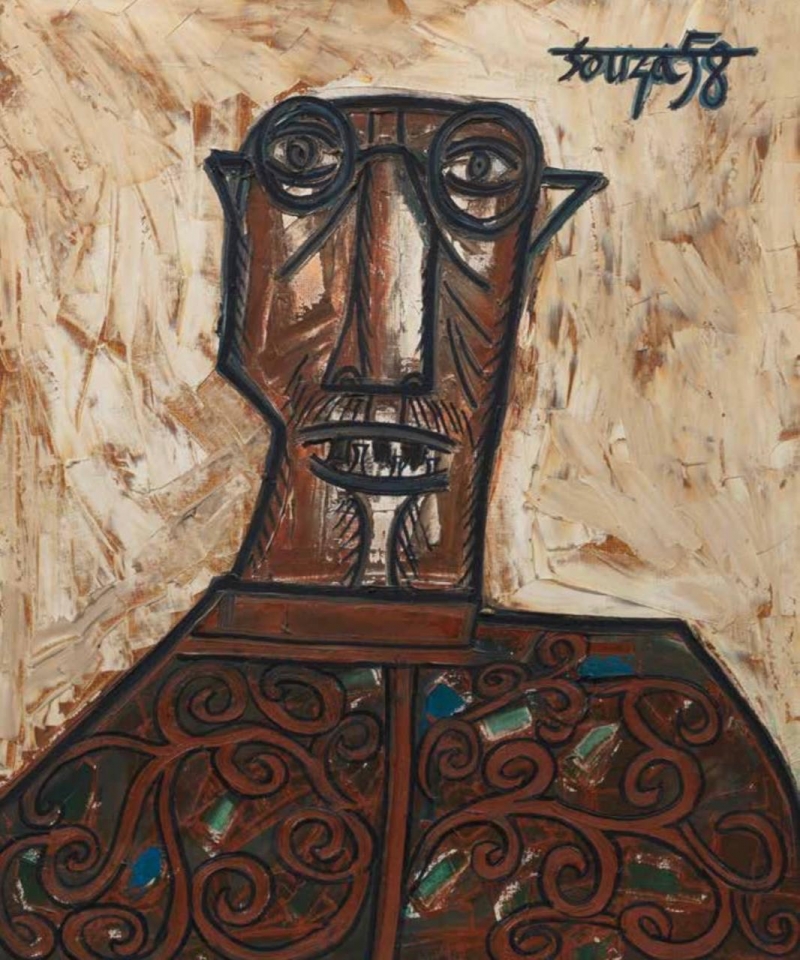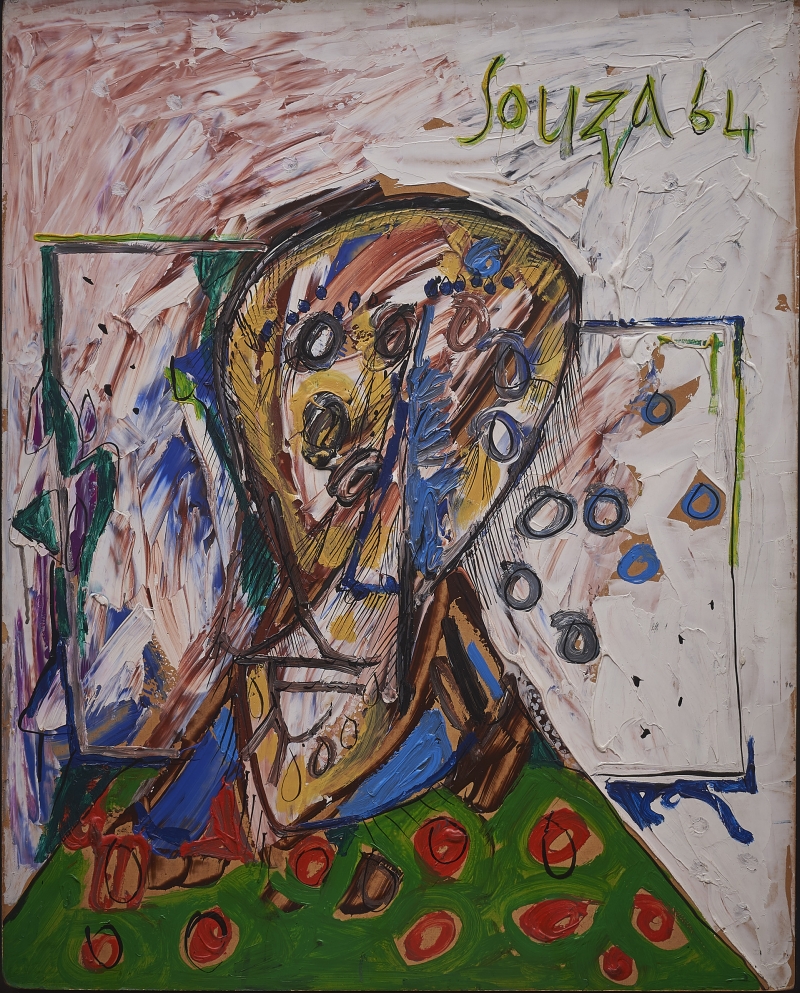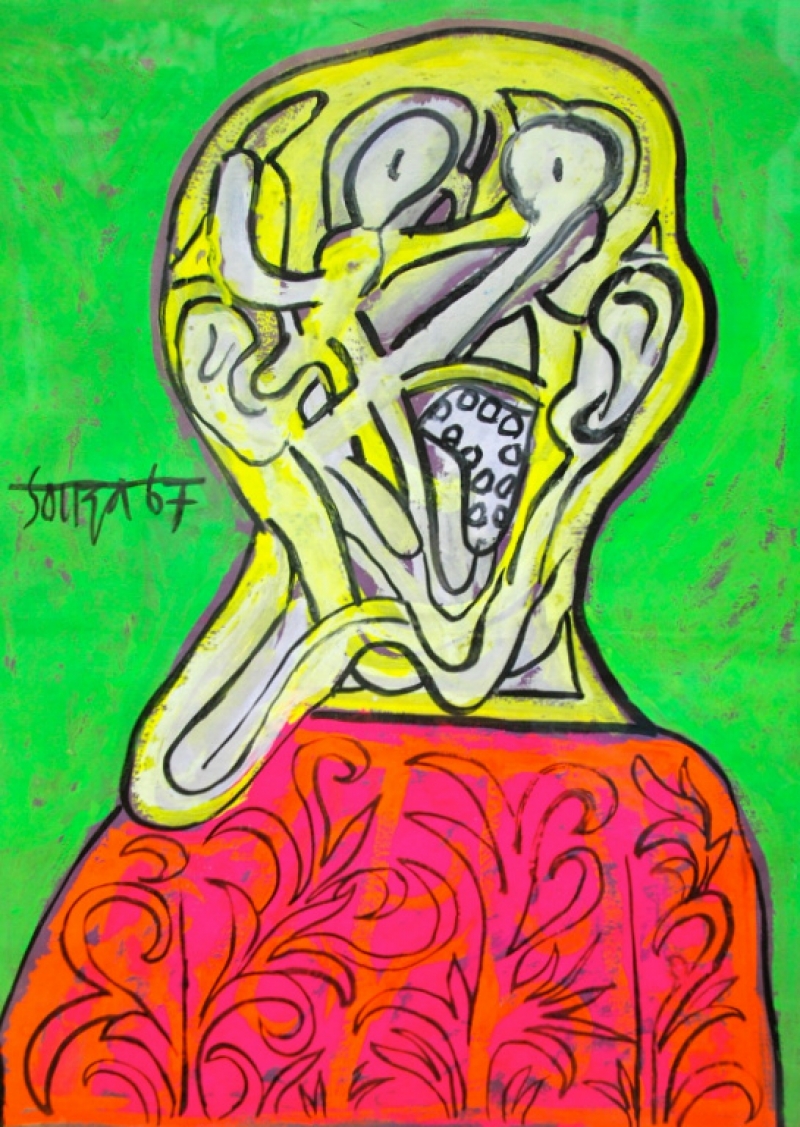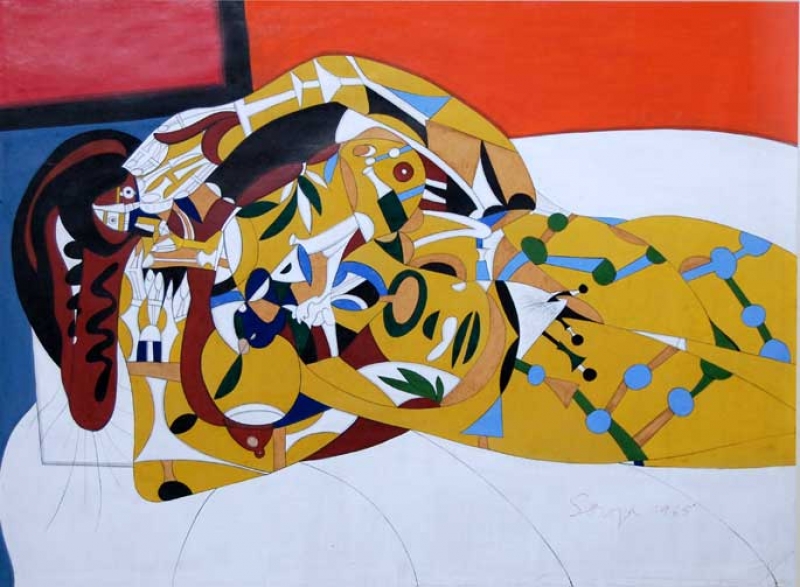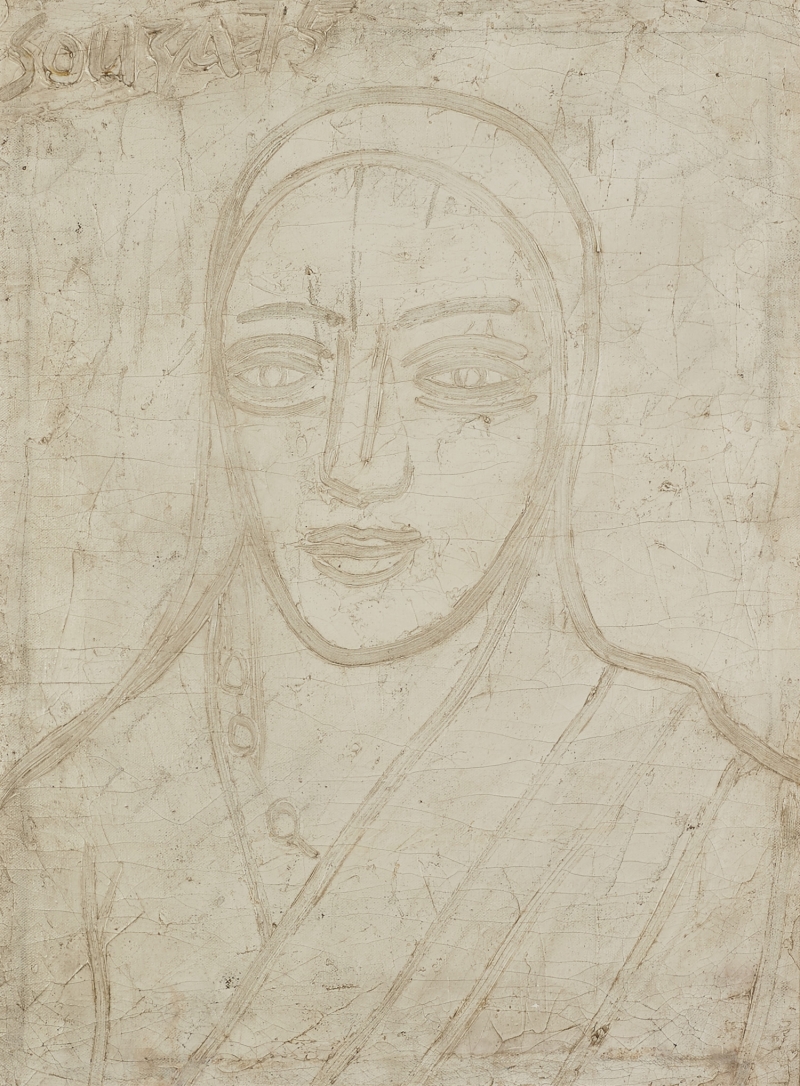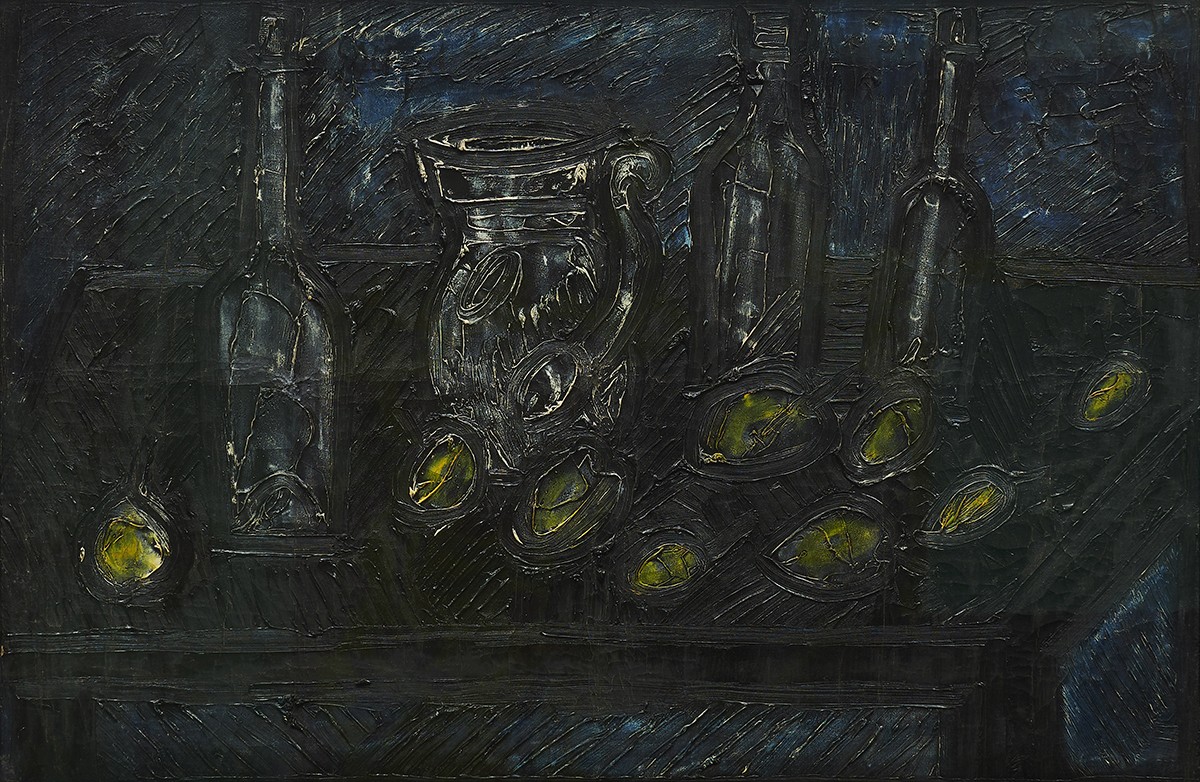
FRANCIS NEWTON SOUZA
Akara Modern
1924 -2002
One of the best-known Indian artists, Francis Newton Souza was one of
the founding members, alongside S. H. Raza, M. F. Husain and K. H. Ara, of the
Bombay Progressive Artists’ Group, which was formed in 1947. Souza was born in
Goa but moved to Mumbai with his family in 1929. He studied at the Sir J. J.
School of Art, Mumbai, but was expelled in 1942 for his participation in the
Quit India Movement.
He moved to London in 1949, where after an initial period of struggle,
he quickly garnered success as an artist, becoming the first Post-Independence
Indian artist to achieve high recognition internationally.
Souza’s style cannot be easily characterized - it is a distinct example
of a study in contradictions. His paintings are an absorption of Western visual
stimuli from schools such as the Renaissance and Expressionism, as well as folk
art from Goa. Souza’s subjects varied from landscapes, nudes, and still life to
Christian iconography. However, one principle that constituted the crux of his
work was his ability to stimulate conflicts in the viewer. One can be both
moved and repelled by his paintings. His influences and experiences of the
world that he lived in are what found their way into his works. Thus, they can
simultaneously be full of darkness, melancholy, and aggression but also
eroticism, sensuality, and humour.
Souza’s works have been exhibited at several successful exhibitions
across the world, including at the Museum of Modern Art, Oxford; the Jehangir
Art Gallery, Mumbai; Gallery Creuze, Paris; Bose Pacia Modern, New York;
Grosvenor Gallery, London, and Akara Art, Mumbai. In 1967, Souza moved to New
York where received the Guggenheim International Award. Of particular note is
the dedicated section of his works at the Tate Modern, London- making Souza one of India’s most renowned
artists.
Images
